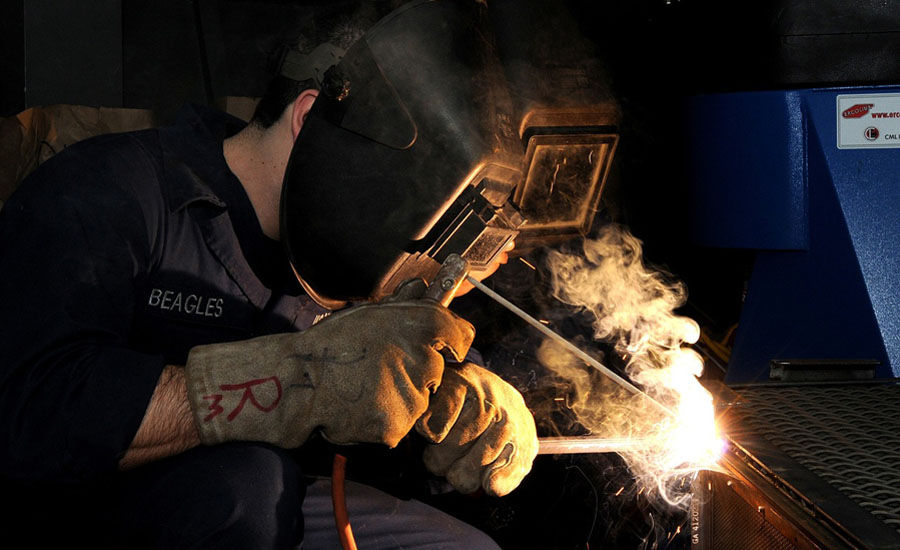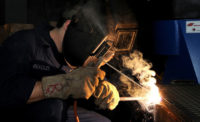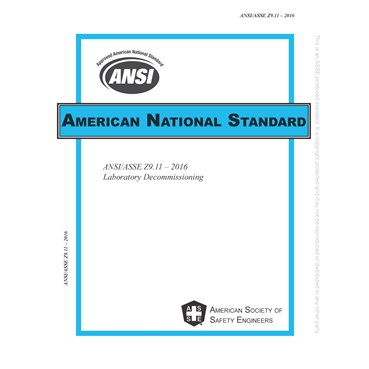Welding helmets with side-shields. Welding helmets protect you from UV radiation, particles, debris, hot slag and chemical burns. It’s important that you wear the right lens shade for the work you are carrying out. follow the manufacturer’s guidelines and gradually adjust the lens filter until you have good visibility that does not irritate your eyes. You should also use a fire-resistant hood under your helmet to protect the back of your head.
Respirators. Respirators protect you from fumes and oxides that the welding process creates. Your respirator must be suitable for the work you are carrying out.
Fire resistant clothing. Fire resistant clothing protects you from heat, fire and radiation created in the welding process and shields you from burns. It should have no cuffs, and pockets must be covered by flaps or taped closed. You should not use synthetic clothing. Instead, opt for leather and flame-resistant treated cotton.
Ear protection. Ear protection protects you from noise hazards. It’s important you wear ear protection that is appropriate for the noise created in your workplace, and use fire resistant ear muffs if there is a risk of sparks or splatter entering the ear.
Boots and gloves. Insulated, flame resistant gloves and rubber-soled, steel toe-capped safety shoes shield you from electric shocks, heat, fire, burns and falling objects.
To receive full protection from your PPE, you must not:
Roll up sleeves or trousers. Rolling up your clothes will leave you susceptible to molten metal or sparks getting caught in the folds, which could potentially lead to severe burns. You should also never tuck your trousers into your work boots.
Remove your helmet while welding. You must always wear your helmet when welding and when in the vicinity of another welder. While the intensity of the radiation produced decreases the further you are from a welding arc, those less than 10 metres away are still susceptible to arc-eye. Therefore, it’s important that you remain behind welding curtains or wear the correct PPE, even if you aren’t the worker carrying out the welding operation.
Source: High Speed Training



